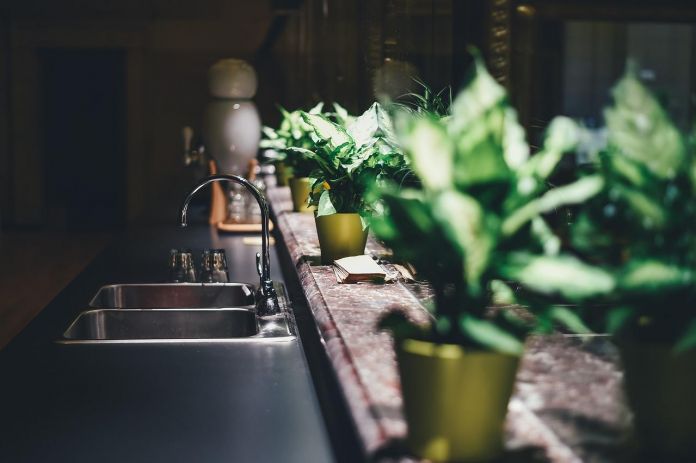Are Antimicrobial Kitchen Sinks Real? The kitchen sink is one exceptional area in your kitchen. Essentially, the kitchen sink can become a breeding spot for bacteria and other microbes. There is a pile of dirty dishes and an outlet for crumbed wastes on the countertop. That’s why in this article, we will discuss the matter of antimicrobial kitchen sinks’ existence. Let’s dive in!
It is a known fact that our sinks accumulate the most bacteria in the entire kitchen. That’s why the sink can be a source of pathogens, causing a hoard of infections to you and your family if we don’t clean it regularly.
Kitchen Sinks & Disinfectants
First, you need to choose the proper disinfectant for your kitchen sink. Using random cleaning materials can potentially lead to discoloration and spots on your sink due to chemical reactions. Many disinfectants contain chemicals like “Alkylphenol Ethoxylated” or “Triclosan” that might cause the above issue. Therefore, we recommend using more natural cleaners like vinegar or baking soda.
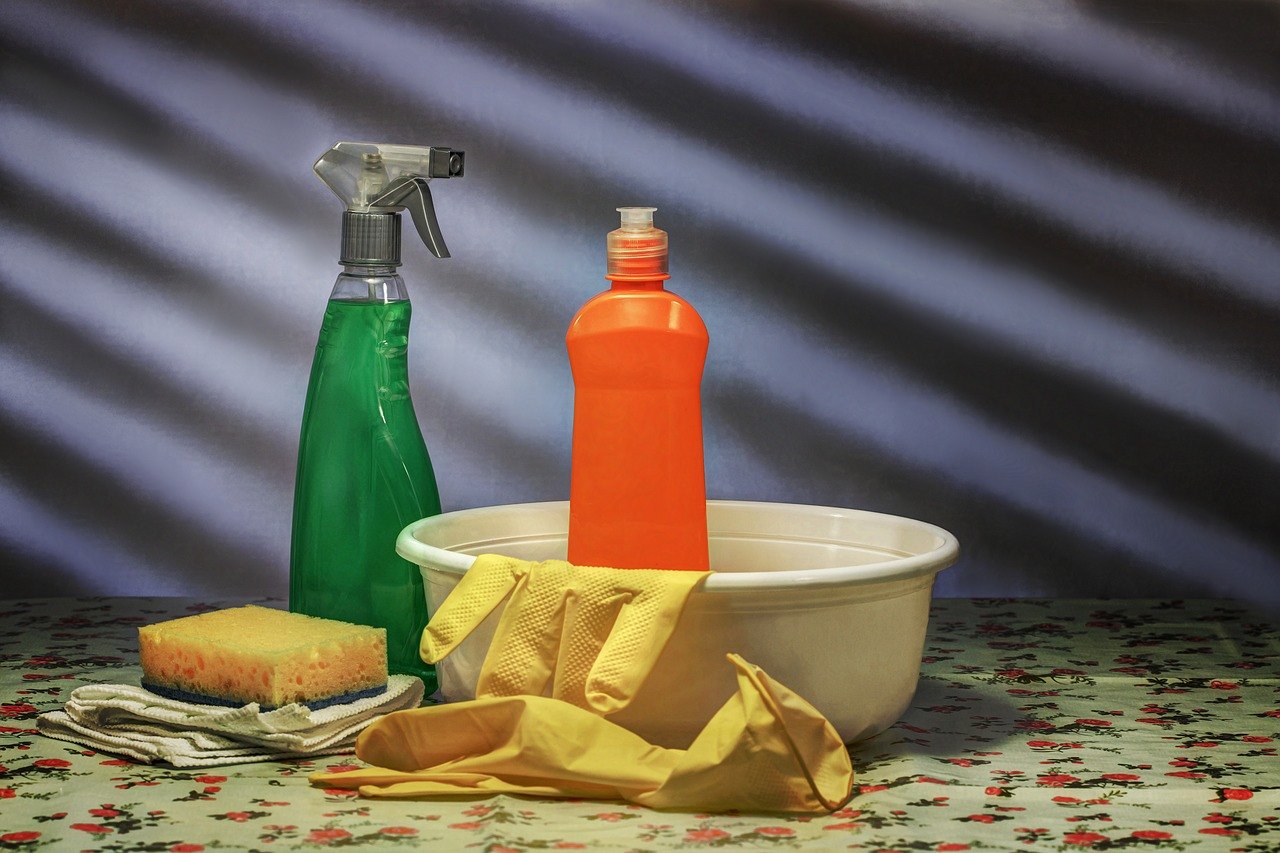
Using harsh chemicals also may indirectly affect your gut, as is the case with many. You can easily clean your sink with a bar of mild dish soap or baking soda + vinegar. You can buy these things easily at any store. Disinfectants might bring adverse health effects when in contact with your utensils and dishes.
Read more: The Process of How To Make Kitchen Cabinets.
Should You Be Using Chemical Cleaners?
No! You shouldn’t use chemical cleaners because they can affect your health and the environment. Many researchers say that Alkylphenol ethoxylated (a common component) is directly linked with endocrine disruption.
On the other hand, Triclosan is an antimicrobial chemical mostly found in soaps and disinfectants, antibacterial and antifungal. It adversely affects nature because they are discarded down the drain into the water, thereby affect and pose an immense threat to aquatic life.
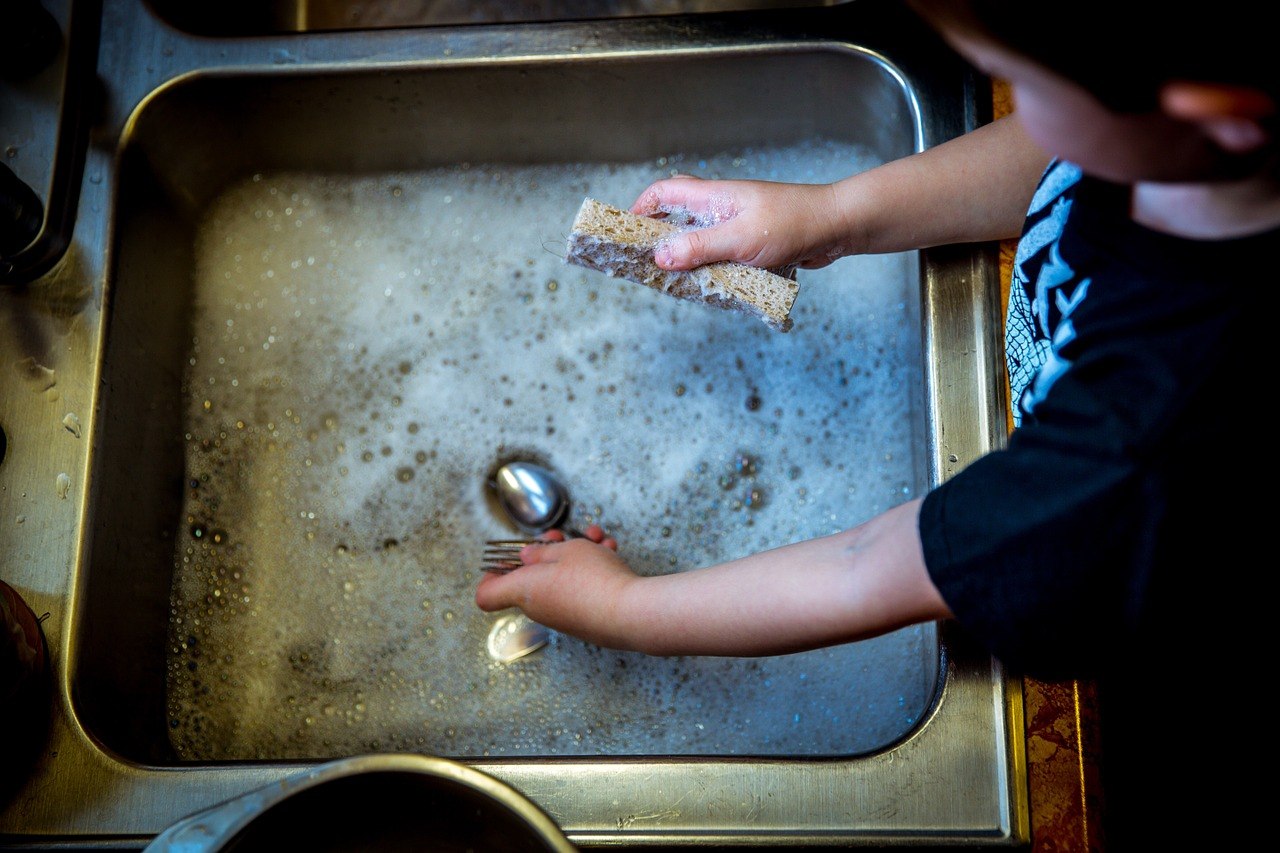
We cannot filter out household bleach or sodium hypochlorite. Bioaccumulates like triclosan and also have carcinogenic properties and can be cancerous when inhaled. Ammonia, a chemical cleaner, is also a registered air pollutant and is not suitable for use.
Instead of using such chemicals, which may directly or indirectly affect your life and the environment, you should use natural cleaners like baking soda and vinegar, which are mild and yet will clean your sink properly. Alternatively, you can switch to an inherently antibacterial sink made from materials like copper.
Can A Sink Be Inherently Antimicrobial?
An inherently antimicrobial material is one that self-sanitizes itself. The material does not need regular disinfecting or cleaning to prevent an onslaught of germs and bacteria. The properties of such materials are that it automatically repels such bacteria. Copper has been confirmed by clinical research to possess antimicrobial properties, which means that it kills all the harmful bacteria which may have adverse effects on your health.
Bacterial strains are killed right at contact on a metallic copper surface. You can utilize this unique copper trait in the kitchen by forging a kitchen sink out of it. Nowadays, water filters come with copper jars and linings because they can kill bacteria.
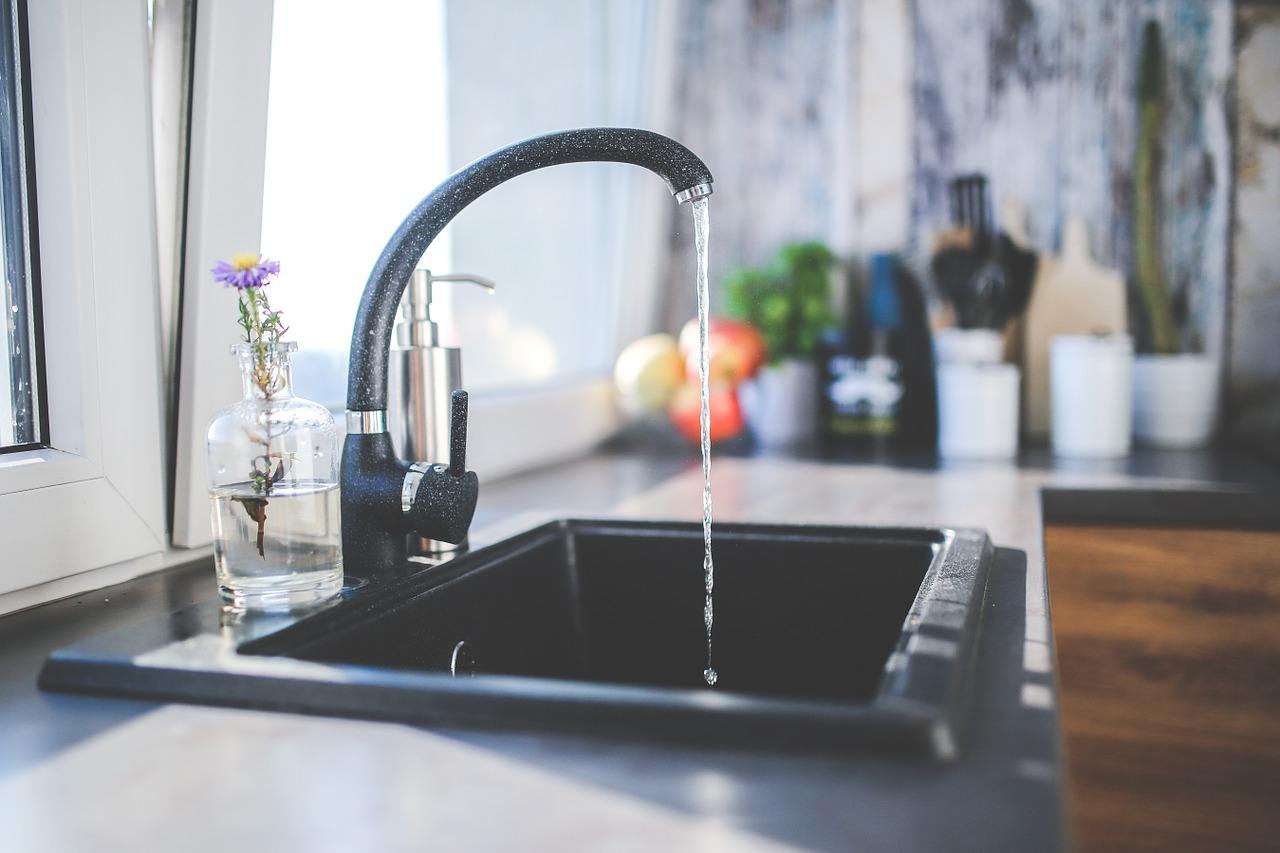
People install copper sinks in hospitals and healthcare facilities because they can stop germs and bacteria cross-contamination. Consequently, it will stop the onslaught of common infections like the flu or common cold.
Copper Sinks: The Good and The Bad
Like all products, a copper sink also has its pros and cons. Before installing one in your household, you should read about it first. The first advantage of using copper is its inherently antibacterial and antimicrobial properties. Moreover, copper sinks have a shallow risk of staining or tarnishing.
Copper does not tarnish that quickly; even when it does, it is relatively easy to clean them up. A protective layer of copper wax can prevent the sink from a patina, keep it in excellent condition, and remains stain-free.
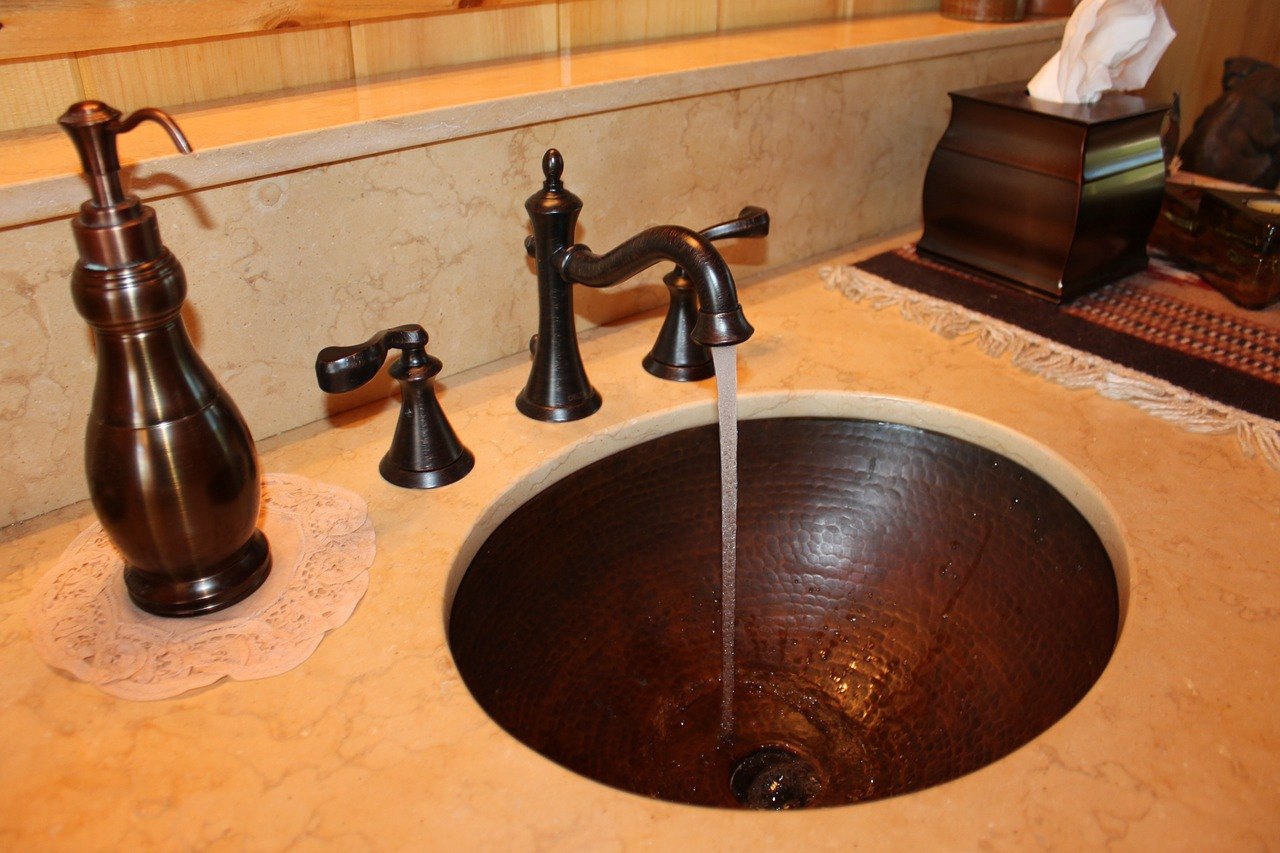
A copper sink can last for ages if we do regular maintenance correctly. These sinks are very durable and will last for generations. Copper is not highly malleable and will not lose shape even after rough use.
One drawback of a copper sink is that its color changes and forms a patina. However, the solution is easy. Some copper wax will delay the copper sink’s corrosion, but it’s not cheap. Now, let’s compare a cheap copper sink without copper wax and a more expensive one with copper wax. I will choose the longevity and durability that make up for the price. It is simple to maintain a copper sink; just a little washing to keep it in its best form.
You might want to read more: Installation Under Sink Water Heater At Your Kitchen.
Verdict
Despite some downsides like patina or price, a copper sink is quite a good investment. It can keep microbes away and be a hygienic choice for your kitchen. It does not tarnish, requires no chemical to disinfect, or has a high maintenance cost. A clean kitchen that starts with a copper sink will be the best for your healthy family!
References:
















